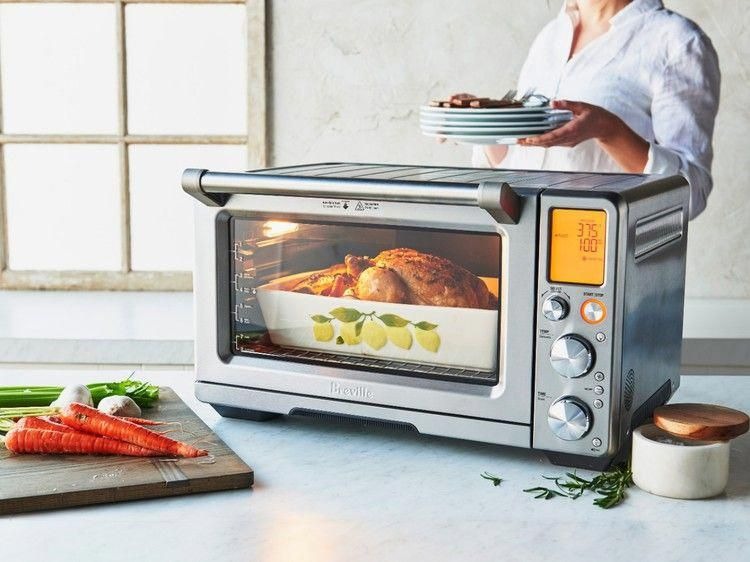Convection ovens have become a popular choice in modern kitchens, thanks to their ability to cook food faster and more evenly. With this guide, you’ll learn the ins and outs of cooking with a convection oven, ensuring delicious results every time.
Understanding Convection Ovens
A convection oven uses a fan to circulate hot air, which helps food cook evenly and more quickly. This even heat distribution eliminates the need to rotate pans, reduces cooking time, and prevents hot spots. To fully leverage your convection oven’s benefits, it’s essential to understand its unique features and capabilities.
Adjusting Recipes for Convection Cooking
When cooking with a convection oven, you may need to adjust your recipes. Typically, reduce the temperature by 25°F (15°C) and check for doneness 10-15 minutes earlier than with a conventional oven. Keep an eye on your dish to ensure perfect results.
Proper Pan Placement
The circulating air in a convection oven requires proper pan placement to avoid blocking airflow. Use shallow pans or baking sheets, and avoid overcrowding. Leave at least an inch of space between pans and the oven walls to promote even cooking.
Best Foods to Cook in a Convection Oven
Convection ovens are ideal for roasting, baking, and dehydrating. Foods that benefit from even heat, like cookies, pastries, and meats, are perfect candidates. However, delicate items like custards or soufflés might not be well-suited for convection cooking.
Tips for Cooking Different Types of Food
Meats and Poultry: When roasting meats or poultry in a convection oven, use a roasting rack to ensure even browning. The hot air circulation will create a crisp, golden crust while keeping the inside juicy and tender. Don’t forget to use a meat thermometer to check for proper internal temperature.
Baking Bread and Pastries: Convection ovens are great for baking bread and pastries, as the circulating air promotes even browning and a crisp crust. Be mindful of the cooking time, as it may be shorter than in a traditional oven. You may also want to rotate your baking sheets halfway through to ensure consistent results.
Vegetables: Roasting vegetables in a convection oven is a breeze. Toss your veggies in a bit of oil, season with salt and pepper, and spread them evenly on a baking sheet. The hot air circulation will cook the vegetables evenly, giving them a deliciously caramelized exterior.
Casseroles: When preparing casseroles in a convection oven, use a shallow, oven-safe dish to allow the hot air to circulate around the food. Be sure to reduce the cooking temperature and check for doneness earlier than you would in a traditional oven.
-
Cleaning and Maintenance
To keep your convection oven performing at its best, clean it regularly. Wipe down the interior with a damp cloth, and clean the fan and heating elements according to the manufacturer’s instructions. Regular maintenance will ensure your convection oven continues to deliver exceptional results.
Conclusion:
Mastering the art of convection oven cooking can elevate your culinary skills and help you create delectable dishes with ease. By following these techniques and tips, you’ll be able to harness the full potential of your convection oven and impress your friends and family with your delicious creations. Enjoy experimenting and happy cooking!

